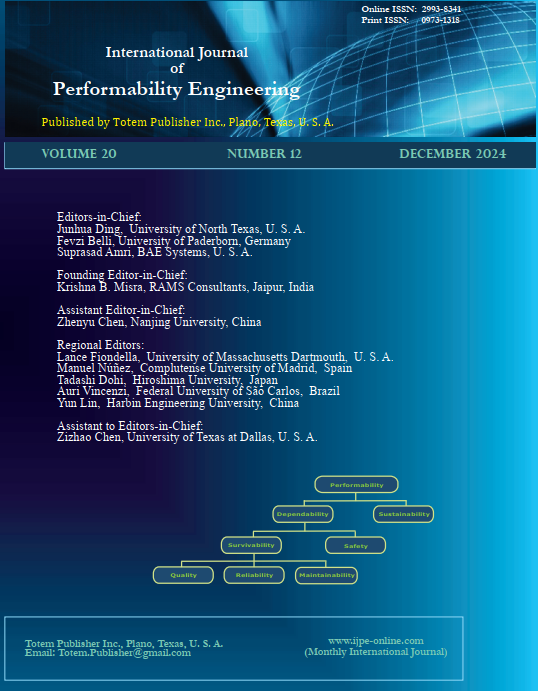Efficient resource management in cloud computing is crucial for reducing energy consumption, minimizing SLA violations, and optimizing virtual machine (VM) allocation. This paper proposes a novel VM allocation mechanism that ranks physical machines (PMs) based on their historical performance using a hybrid Fuzzy-Neuro Engine, considering both idle and execution costs. The system intelligently allocates VMs by analyzing power consumption and service reliability, ensuring optimal use of cloud resources. A Deep Neural Network (DNN) is utilized to rank PMs, enhancing decision-making for VM allocation and migration.
The proposed method was evaluated against state-of-the-art approaches demonstrating significant improvements. In terms of power consumption, the proposed method achieved reductions of up to 11.12%, with values ranging from 8.21 kW for 50 VMs to 10.40 kW for 550 VMs, compared to higher consumption by the other methods. Similarly, the proposed model maintained lower SLA violations, with values starting at 0.0840 for 50 VMs, outperforming Talwani et al. and Saurabh et al. in every configuration. These results indicate that the proposed method offers an effective and energy-efficient solution for cloud computing environments, optimizing resource utilization while maintaining high levels of service quality and reliability.

